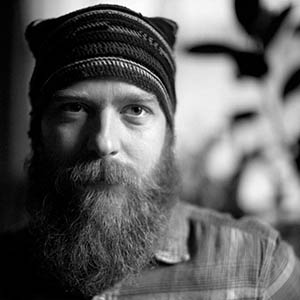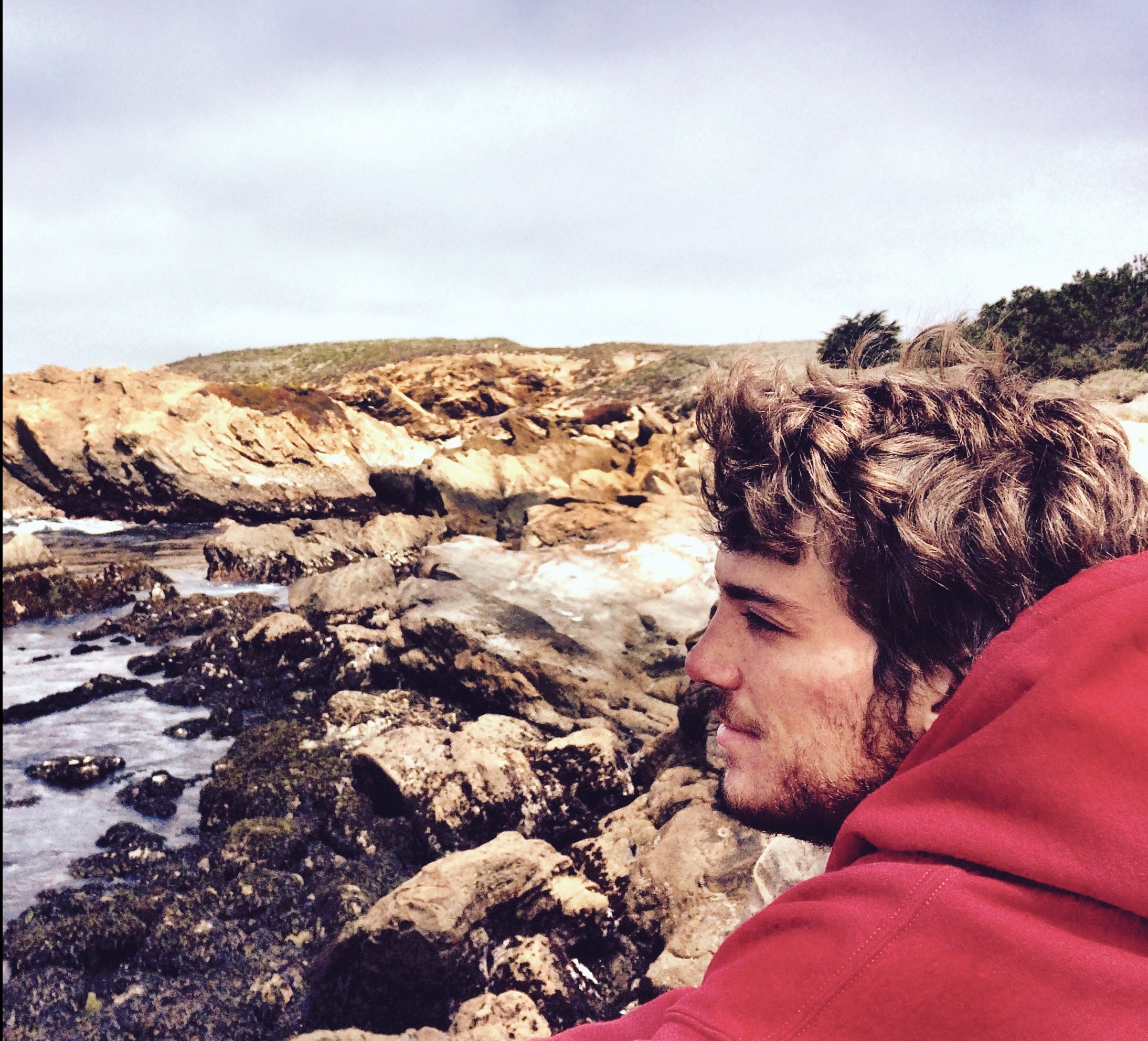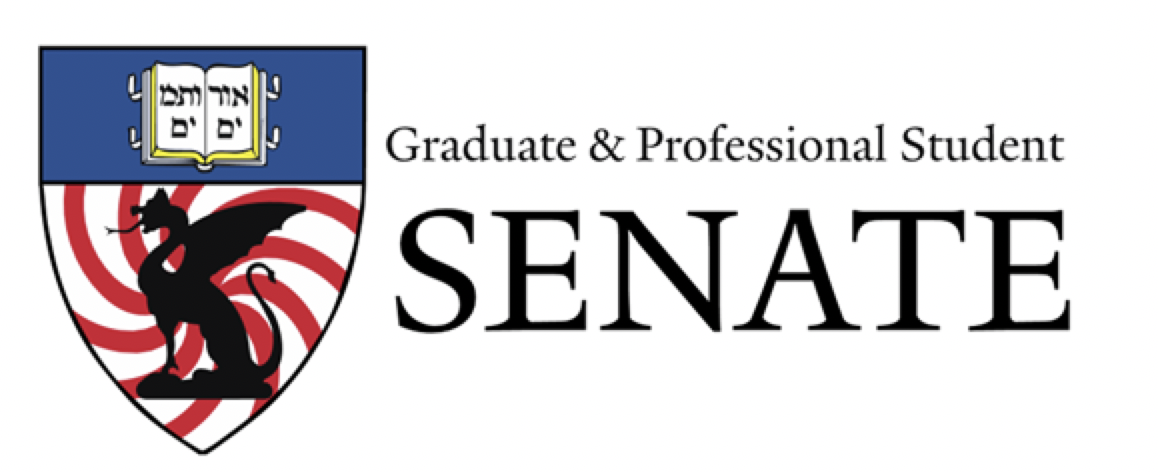By Jordan Gardner
“In the process called mountaintop removal coal mining, “overburden” is a term used to define the rock, soil, trees and ecosystem that lie above a seam of coal. This overburden is blasted and bulldozed away to access the coal below. It is shoved into valleys, discarded, much like the people who live and work in those valleys are cast aside.” -Chad Stevens
Kentucky native Chad Stevens’ film Overburden is about coal in America, though not one you might expect. It digs deeply into the personal stories shaped so profoundly by the coal industry—blowing apart the façade of simplicity on this issue by following the story of two women in the wake of the Upper Big Branch mine disaster. In his coverage of Appalachian coal country, Stevens asks us to move beyond polarized debate and humanize the people in whose lives coal is embedded to reach a new understanding of the coal industry in America.
JG: How did you come to make this film, and how did you approach telling the story?
CS: The moment I saw a mountaintop removal site, I was changed forever. At the time I was focused on still documentary photography and therefore began photographing these scenes of destruction. Then I met the people affected. The families living in the valleys below these massive mining complexes, and I saw how their lives were changed, sometimes destroyed, sometimes ended too early. This also changed me and ultimately led me to create this film that not only tells of the environmental destruction of coal mining but also the impacts on communities and families.
The biggest challenge was building trust. This community has been abused by the media in the past and therefore have become very defensive and cautious when dealing with the media. It took time, it took years, for me to build the trust and gain access to the families who eventually allowed me to tell their stories. This is a gift I will always be grateful for, and a gift that makes the film what it is today.
JG: What was it like to tell such a personal story, especially as it intersects with larger themes of environmentalism?
CS: The access I was given by the families, the trust that was built over time, these are all essential to telling a more personal story, a more human story of what could be easily qualified as an environmental film. My goal was to make it more than a film about the environment, focusing instead on themes that can allow the audience to see our similarities, not our differences. And through that experience, I hope we can gain some understanding and empathy for those dealing with environmental impacts of something like mountaintop removal coal mining.
JG: What do you think the biggest surprise about the process would be to an outsider?
CS: I learned that some stories require, not only hard work, dedication and heart, but time. It's because I had time - nearly 10 years - that I was able to create an intimate story that hopefully takes viewers into the lives, struggles and joys of these families. It's all about connection. That has always been the goal.
JG: What is the best thing that's ever happened to you while shooting?
CS: An interesting question. There are endless gifts - these deeply human moments that we, as filmmakers, are allowed to witness because we’ve been given the gift of access. But the moment that really stands out to me when asked this question, is a time on Kayford Mountain when filming a young black bear ran across the rubble of a mountaintop removal coal mine. For me, that intersection of nature and human’s impact on the land was fascinating, and devastating.
JG: What are some of the platforms you find most effective in reaching audiences?
CS: This is an ongoing journey. We are continually trying to reach larger audiences, through traditional distribution methods and through educational screenings. But we are experimenting with some ideas that we hope can lead to more engagement with communities facing similar challenges. As Lorelei says in the film, if we can just find the things we can agree on and work from there, then we can move forward together. That’s our hope.

















